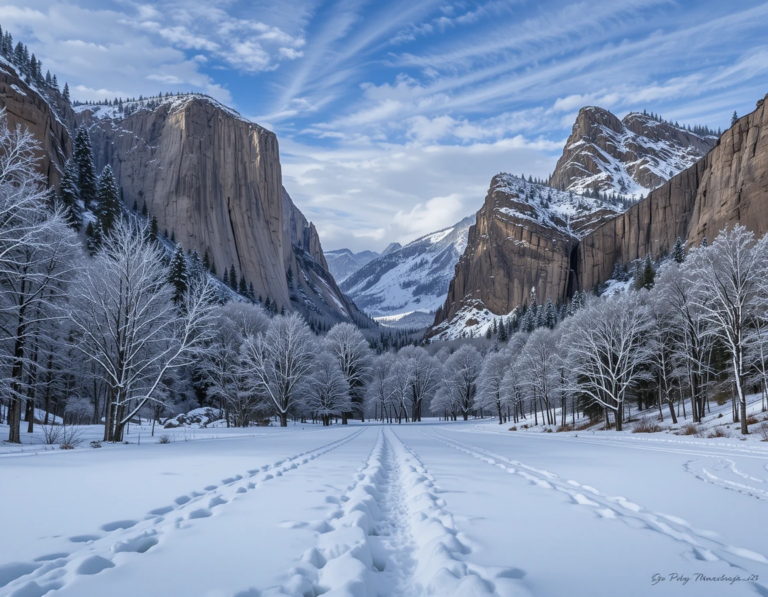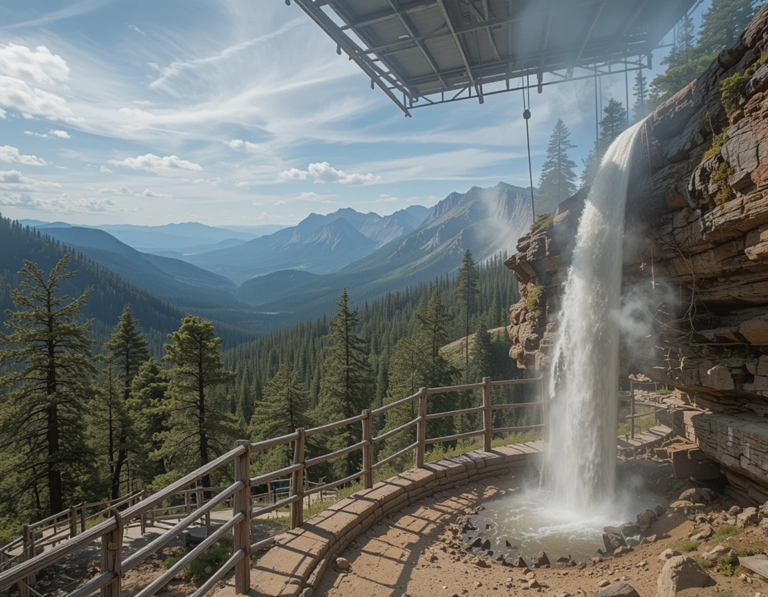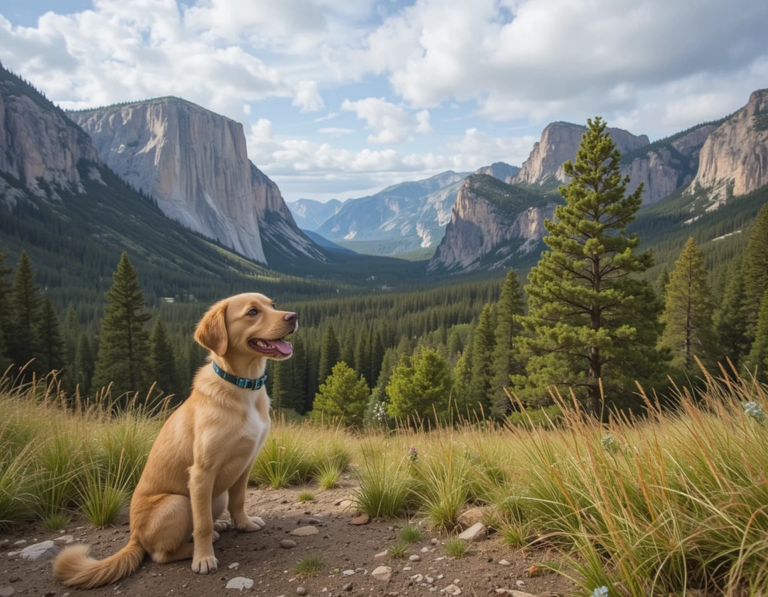A mysterious natural wonder that resembles something from a fantasy movie is tucked away in the beautiful woods of the Pacific Northwest. The Tree of Life is Olympic National Park’s most famous and enigmatic feature, enthralling travelers, nature lovers, and photographers alike. This tree, a living symbol of survival, tenacity, and the silent power of nature, stands strong above a chasm, its roots hanging in mid-air and its posture defying gravity.

Whether you’re driving along the coast or searching for hidden treasures in Washington State, the Tree of Life in Olympic National Park should be at the top of your list.
What is so Special About the Tree of Life in Olympic National Park?
It is not just a tree.
The Tree of Life, Olympic National Park, is a Sitka spruce that is perched perilously between two cliffs at Kalaloch Beach. Its roots are fully exposed, appearing unsupported and dangling in mid-air over a washout cave sculpted by wind and rain, which makes it so remarkable. Despite all this, the tree is still green and full, alive. Its mythological appeal is heightened by the fact that no one can predict with certainty how long it will last.
Where is the Tree of Life in Olympic National Park?
Many tourists ask, ” Where is the Tree of Life in Olympic National Park?” This is an excellent question because although it’s a famous location for photos, it’s also hidden, so if you don’t know where to look, you might miss it.
It is located on Washington’s rocky Pacific coast, along Highway 101. The tree is situated along Kalaloch Beach, between Kalaloch Lodge and the campground.
Location: In Kalaloch Campground
Address: WA 98331, Forks, United States.
The beach is only a short stroll from the parking area, and the cave where this amazing tree defies gravity and time is only a few steps north.
How to Find the Tree of Life, Olympic National Park?
Although it requires some attention to detail, finding the Tree of Life Olympic National Park isn’t as difficult as you may think.
- After parking your car at the Kalaloch Campground, you’ll walk a short trail that leads to the beach.
- You will be on the rocky coast after a short walk, with the tree’s exposed roots and washout cave just in front of you.
For the Best Route, Follow the Cliffs
As the Tree of Life in Olympic National Park is perched on a cliff, caution is advised when moving through the region. The cliffside can be slick, especially after rain, so wear sturdy shoes and take your time exploring.
After you’ve located the tree, stop and enjoy the magnificence of your surroundings. You will feel as though you have entered a new universe when you see this natural monument to survival, hear waves breaking on the coast, and feel the wind blowing through the trees.
When to Visit the Tree of Life?
The months of late spring through early fall are the ideal times of year to explore the Tree of Life Olympic National Park. The Park is more accessible during this time, and the weather is usually better with less possibility of rain. However, if you go during the summer (June to September), as this is when it’s the most popular, there will be more people there.
Peaceful Experience
If you want a more peaceful experience, consider going in the early spring or fall, which are the shoulder seasons.
- May and Early June (beginning of summer)
- September and Early October (pleasant weather)
- Avoid July and August (excessive crowds)
Even though there won’t be as many people around, you can still take in the breathtaking views, and you might even get the whole tree to yourself for some quiet time.
What to Bring When You Visit?
The visit to the Tree of Life, Olympic National Park, is a short trip, but it still requires some things to pack.
- Rain Jacket, as the weather is unpredictable there.
- Sturdy Footwear, like Hiking boots, because the cliffs are slippery
- Camera
- Water
- Binoculars
- Sketchbook (if you’re an artist)
The Backstory of the Tree of Life
The Tree of Life Olympic National Park represents tenacity and is a breathtaking natural wonder. For generations, the tree has withstood the Pacific coast’s severe storms, rain, and erosion. Many people are curious as to how it has survived, yet it has grown to be a cherished landmark for both residents and visitors.
Because of its unusual location between the cliffs, the tree has generated interest and conjecture. The land and its trees have long been revered by the Native American tribes, who view them as representations of fortitude and tenacity. In this sense, the Tree of Life also acknowledges the close cultural and spiritual ties that exist between humans and the natural world.
Things to Do
There is so much to explore about the Tree of Life and Olympic National Park.
Cape Flattery
Cape Flattery, the westernmost point in the United States, is situated in the park’s far northwest corner. The views of the Pacific Ocean and the rocky shoreline are breathtaking and relaxing.

Kalaloch Lodge
Relax at Kalaloch Lodge after seeing the Tree of Life, Olympic National Park. The lodge is the ideal place to unwind after a day of touring because it provides comfortable lodging with breathtaking beach views.

Hoh Rainforest
Nature lovers should not miss the Hoh Rainforest, a verdant beauty. Tall trees, moss-covered branches, and an ethereal sense of calm can all be found here. Some of them are listed here;
- Mosses Trail Hall
- Hoh River Trail
- Spruce Nature Trail
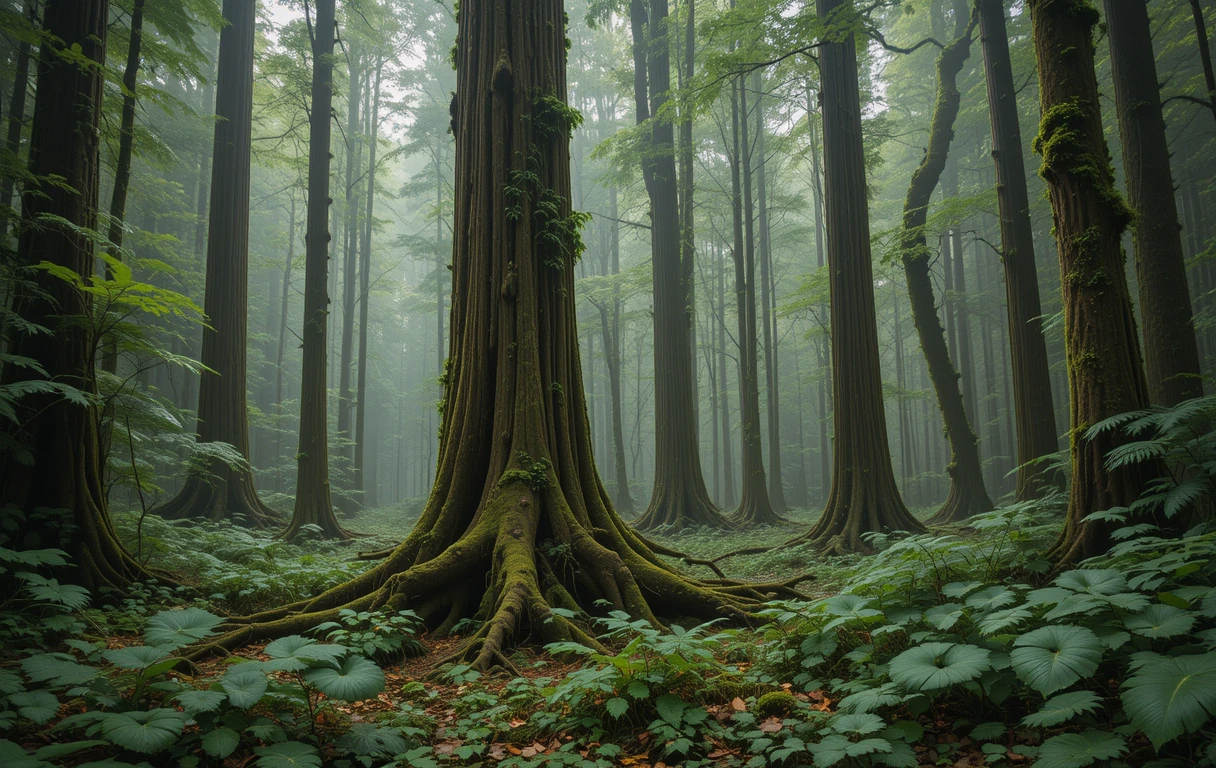
Ruby Beach
Ruby Beach is a must-visit if you enjoy breathtaking coastlines. It is ideal for beachcombing and photography because of its sea stacks, tide pools, and stunning sunsets.
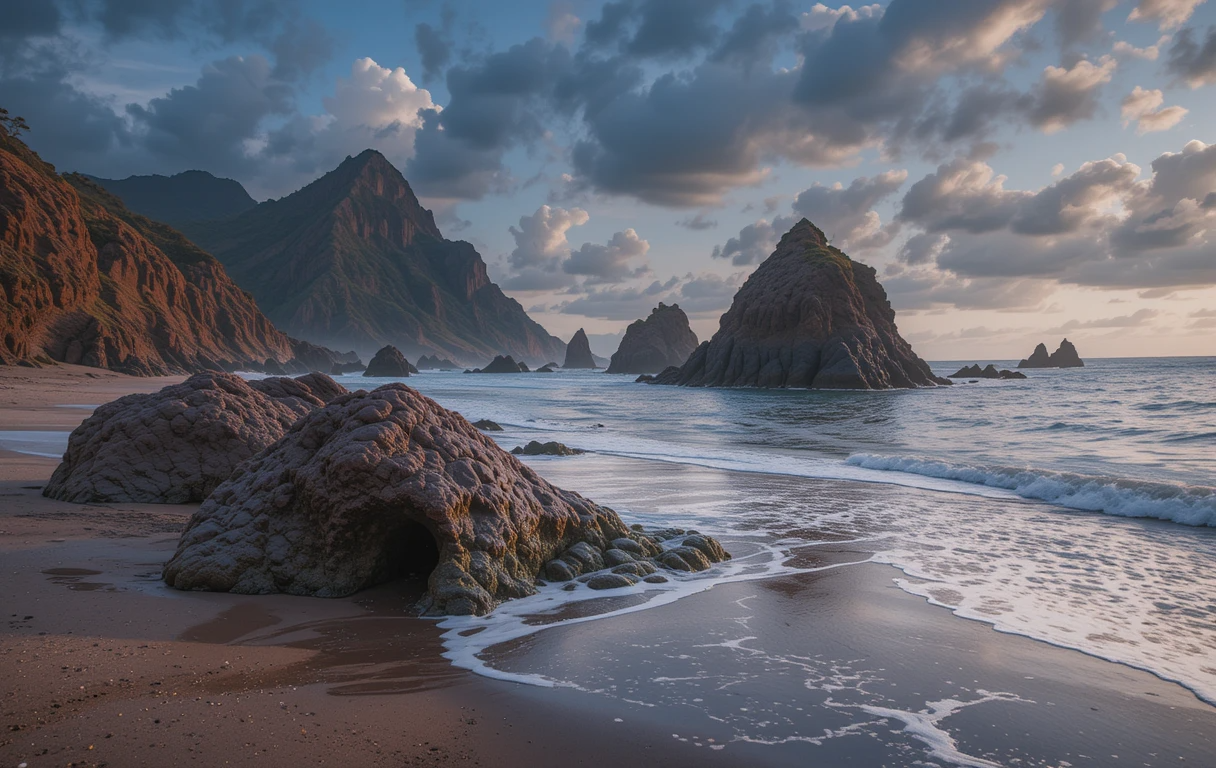
Travel Advice for Visiting the Tree of Life, Olympic National Park
To make the most of your trip to the Tree of Life in Olympic National Park, here are a few tips:
- Use Hiking Boots – The cliffs can be slippery, so wear sturdy shoes.
- Pack Essentials – As the weather in the Pacific Northwest can change fast, pack a rain jacket, water, and sunscreen
- Respect Nature—Stay on specified routes to preserve the environment and show consideration for the tree’s delicate state. Always abide by the Leave No Trace philosophy.
- Explore More – The Park has many beauties, including the Hoh Rainforest, Ruby Beach, and Sol Duc Hot Springs, but the Tree of Life is the main attraction. Don’t forget to venture outside the tree!
Tips for Photography
The Tree of Life Olympic National Park is the dream of a photographer, and if you want to capture its beauty for a long time. Here are some tips to get a perfect shot:
- Golden hour: The light is warm and soft during the early morning or late afternoon.
- Wide-angle lens: It will help you capture the magnificent view of the tree and its surroundings.
- Low angles: For a low-angle shooting, emphasize the height of the tree and its roots.
A Warning: The Future of the Tree is Uncertain
Despite being a remarkable natural phenomenon, the future of the Tree of Life in Olympic National Park is unclear. Experts estimate that the tree may not live for very long because its exposed roots are susceptible to erosion. If you want to see it as it is now, it’s best to go quickly before the inevitable occurs.
Final Thoughts
The Tree of Life in Olympic National Park captures the imagination of every traveler. It is an icon of the park. The tree receives so much attention due to its defying characteristics. It has deep roots that have seemingly lifted themselves over a weathered ravine and appear to be dangling mid-air.
It is impossible to understand the logic or reasoning behind how it continues to survive without succumbing to nature’s wrath. A single glimpse of the tree is enough to remind you why life persists even when left in unnaturally harsh environments.
This renowned phenomenon is not actively pursued due to its photographic significance but instead for its sentimental value. Standing at the mid-section of the roots of the tree while listening to the peaceful roar is an experience that can’t be measured. The sheer mass of the place leaves a powerful impact that lasts way longer than visiting it. People from all around drool over the chance to witness the place live and are drawn towards it.
Despite being as renowned as Olympic National Park, the tree is vulnerable to coastal erosion, which makes its future uncertain. Only God knows how long the tree will stand. If you look at it, you certainly don’t want to wait for Mother Nature to claim it fully.

